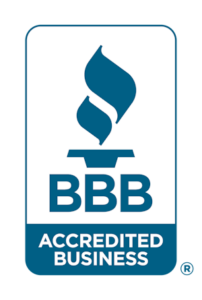How Far Behind Do I Have to Be For Mortgage Forbearance?
Under normal circumstances, there are policies owned by all lenders, and that is what you should be working with. However, if you are finding it difficult paying you mortgages either due to lose of job or increase in costs. There is a 15-day grace period, and if you are able to meet up and make […]
Mortgage Forbearance | How It Works Under Cares Act
How Does Mortgage Forbearance work under the United States Treasury Cares Act? Being Licensed Washington State Attorneys practicing bankruptcy and mortgage mediation law in Bellevue and Seattle, WA. we often get asked about how mortgage forbearance works under the United States Treasury Cares Act. In a Media Release on April 3rd, 2020 the CFPB or […]
What If I’m a Year Behind in My Mortgage Payments?

What If I’m a Year Behind in My Mortgage Payments? You may be behind only two months in your mortgage payments or up to two years behind! Wherever you may find yourself on that scale, the question is, what do you do and what’s going to happen? First and foremost, let’s be clear that it […]





